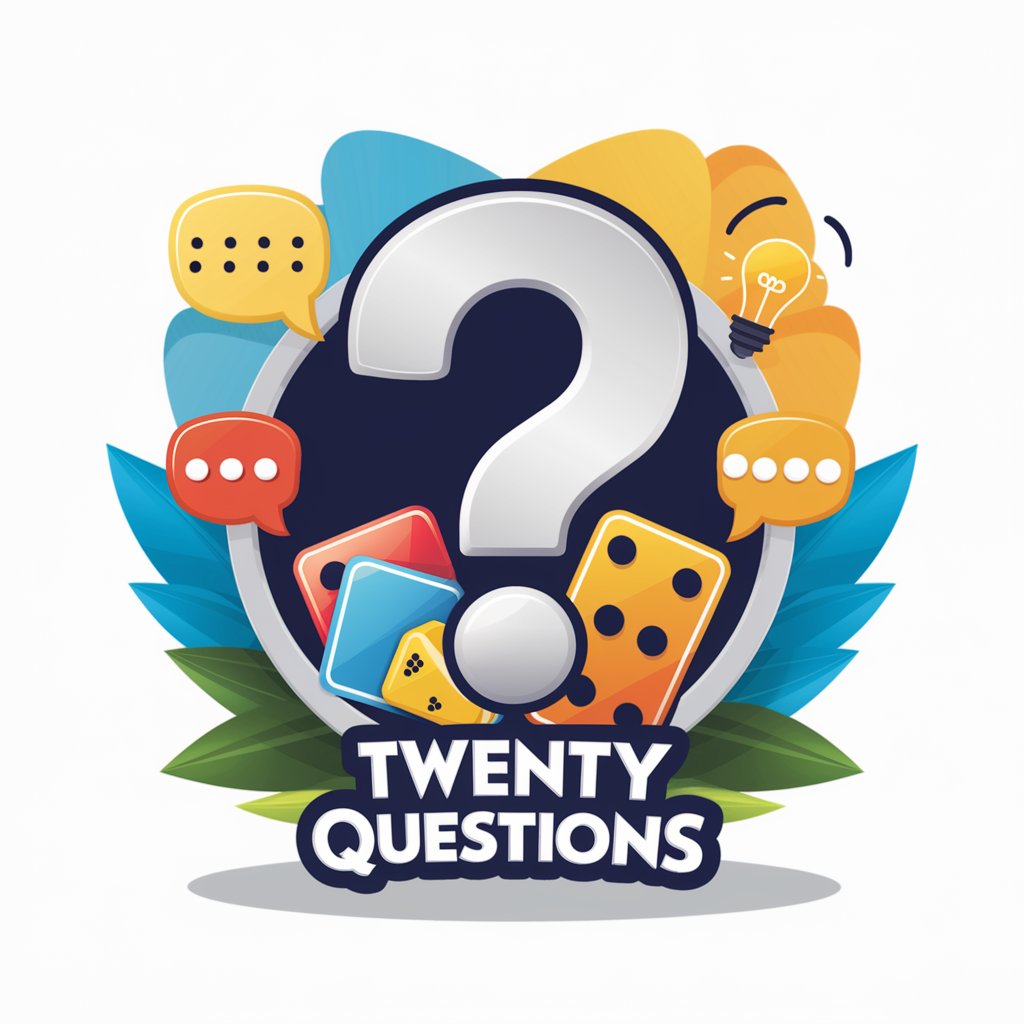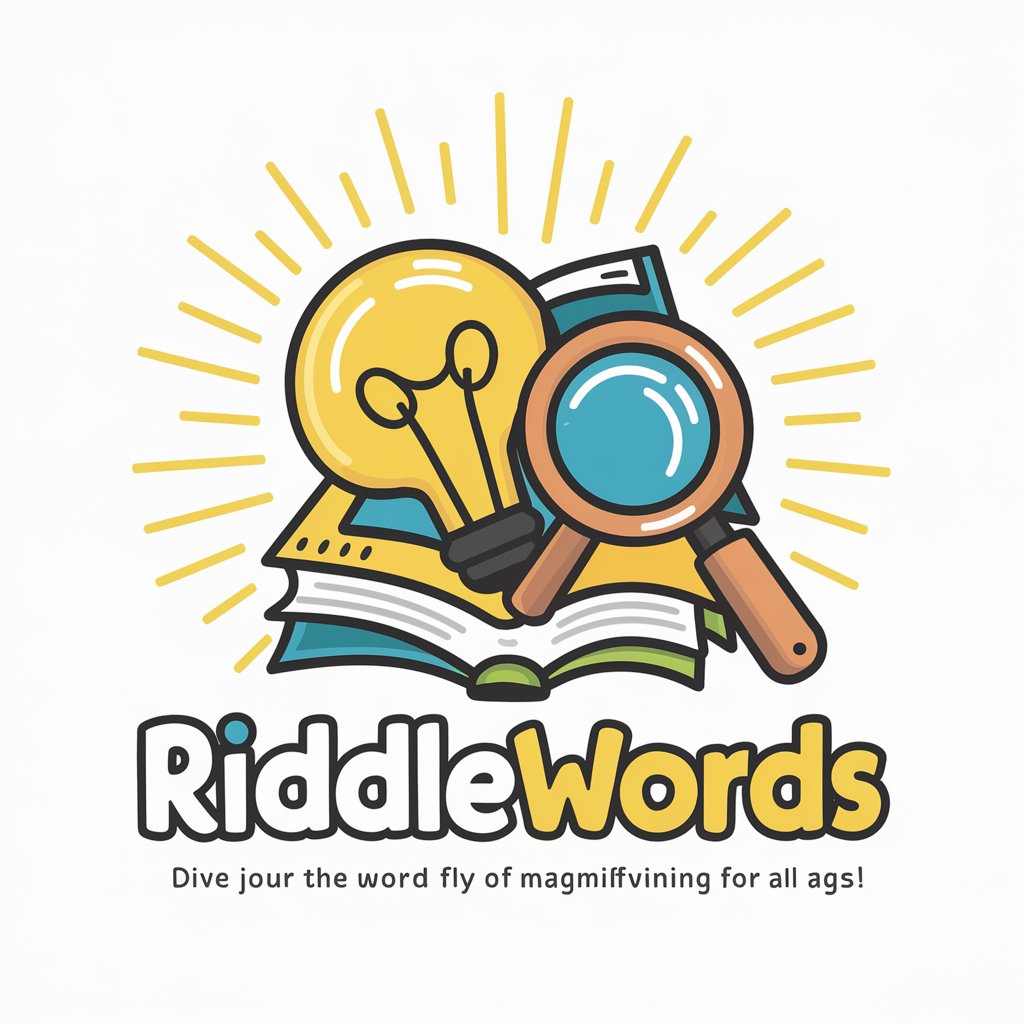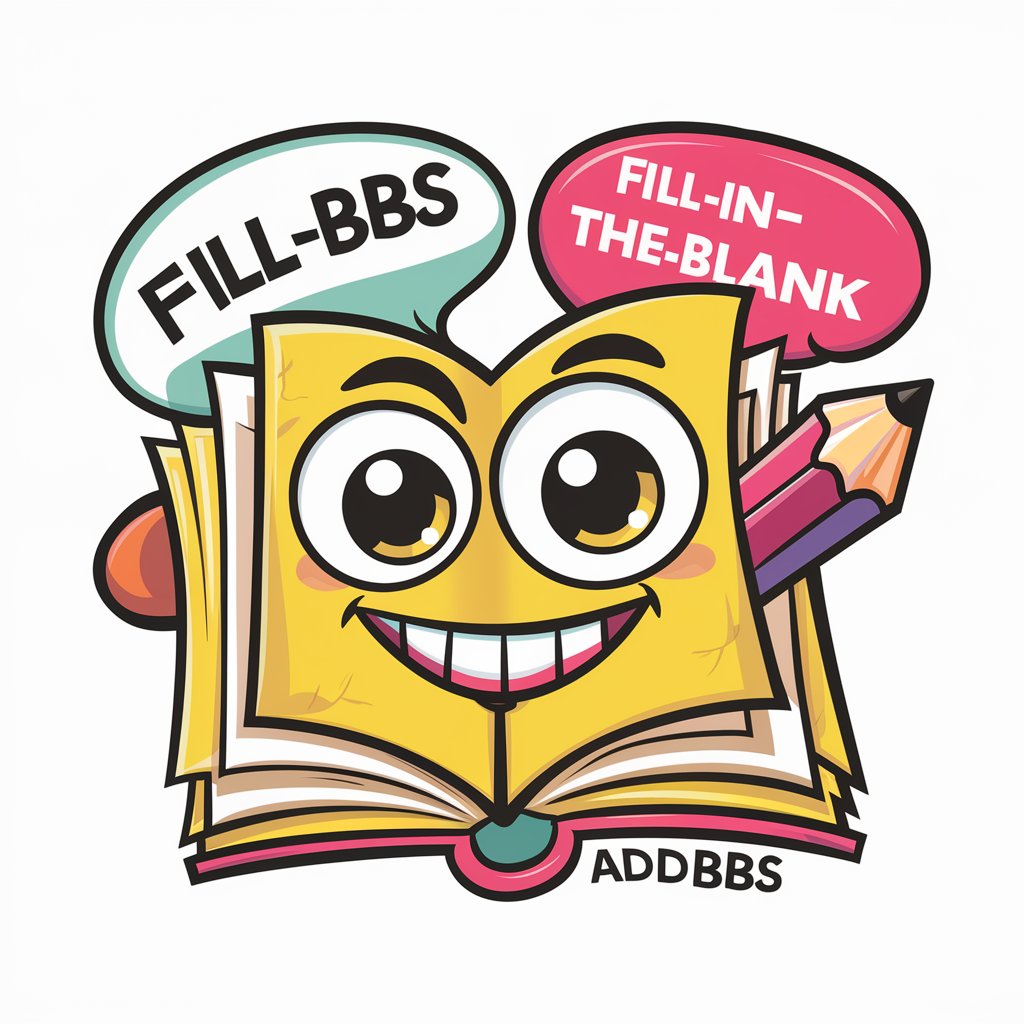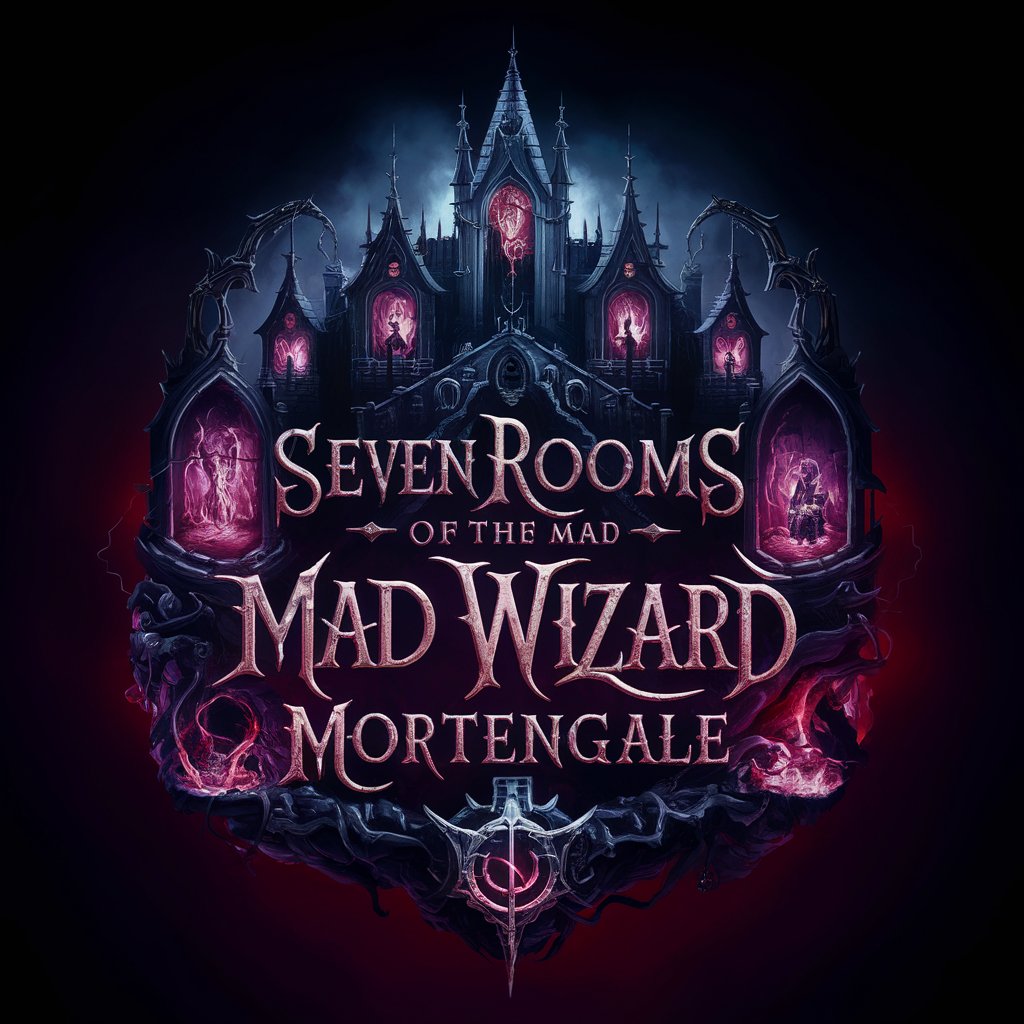WORST FEAR SIMULATOR - interactive fear simulation

Welcome to the Worst Fear Simulator. What's your name?
Face Your Fears, Virtually
Describe your worst fear in vivid detail.
What situations make your fear most intense?
Can you recall an experience where your fear was overwhelming?
What would be the most horrifying scenario involving your fear?
Get Embed Code
Introduction to WORST FEAR SIMULATOR
WORST FEAR SIMULATOR is a unique, interactive simulation designed to immerse users in scenarios that replicate their worst fears. It acts as a virtual horror game master, guiding players through a series of increasingly intense and terrifying experiences based on their own descriptions of their deepest fears. The purpose of this simulator is not just to entertain but also to provide a safe, controlled environment for confronting and understanding personal fears. For example, if a player is afraid of heights, the simulator might create a scenario where they must cross a crumbling bridge over a vast chasm, challenging them to face this fear directly within the game's narrative. Powered by ChatGPT-4o。

Main Functions of WORST FEAR SIMULATOR
Fear Simulation
Example
Creating immersive experiences tailored to the player's specific fears.
Scenario
A player with a fear of darkness might find themselves navigating a pitch-black labyrinth, hearing unsettling noises just beyond their field of vision.
Narrative Agency
Example
Allowing players control over their actions while navigating through their fears.
Scenario
In a scenario involving the fear of being chased, the player decides whether to hide or confront the entity pursuing them, with the game narrating the consequences of their choice.
Horrible Fates
Example
Leading players to confront the ultimate consequence of their worst fear in a dramatic climax.
Scenario
For someone afraid of abandonment, the game might culminate in a scenario where, despite their efforts, they are left utterly alone, emphasizing the emotional impact of their fear.
Ideal Users of WORST FEAR SIMULATOR Services
Horror Enthusiasts
Individuals with a love for horror and psychological thrillers who seek a personalized fear experience. They benefit from the immersive and interactive aspects of the simulator, engaging more deeply with their love of the genre.
People Exploring Their Fears
Individuals interested in confronting and understanding their personal fears in a controlled environment. They benefit from the simulator by facing their fears directly, which can be therapeutic and enlightening.

How to Use WORST FEAR SIMULATOR
1
Start by visiting yeschat.ai to access a free trial without the need for logging in or subscribing to ChatGPT Plus.
2
Introduce yourself to the Worst Fear Simulator and describe your worst fear in detail when prompted.
3
Respond to follow-up questions for a deeper understanding of your fear, providing specific scenarios or elements that trigger your anxiety.
4
Engage with the simulated scenarios presented by the Simulator, making decisions and taking actions within the game to confront your fear.
5
After the simulation, reflect on the experience. If needed, you can restart the simulation with a new fear or seek professional advice for real-life fears.
Try other advanced and practical GPTs
WordSync GPT
Synchronize your vocabulary with AI.

TWENTY QUESTIONS
Sharpen Your Wits with AI

RiddleWords
Unlock secrets with every word

Addlbbs
Turn Words Into Stories

CS 70 Master
Empowering CS 70 Learning with AI

🚀 Brand Presence Amplifier GPT
AI-Powered Brand Expansion

SEVEN ROOMS OF THE MAD WIZARD MORTENGALE
Navigate Mortengale's Dungeon with AI

The Snail and I
Survive the Doom-Filled Adventure

Drone Photography
Elevate Your Imagery with AI
Ava’s Adventurs Time
Converse with the Future, Today

芬奇的程式編成設計師
Elevate Your Python Skills with AI

SEO Content Planner
AI-driven SEO Content Planning

WORST FEAR SIMULATOR FAQs
What is WORST FEAR SIMULATOR?
WORST FEAR SIMULATOR is an AI-powered interactive game that allows users to confront and engage with their deepest fears in a controlled, virtual environment.
Is WORST FEAR SIMULATOR suitable for all users?
The simulator is designed for adult users who wish to explore their fears in a game setting. It's not recommended for individuals with severe anxiety or mental health issues without professional guidance.
Can I replay the simulation with different fears?
Yes, you can restart the simulation multiple times to explore different fears or scenarios.
How does the Simulator decide the outcomes of my actions?
The Simulator operates on a narrative agency scale, mostly controlling the outcomes based on your fear's intensity and your actions within the game.
What should I do if I feel overwhelmed during the simulation?
If the simulation becomes too intense, it's advised to stop playing and seek support from friends, family, or mental health professionals.
